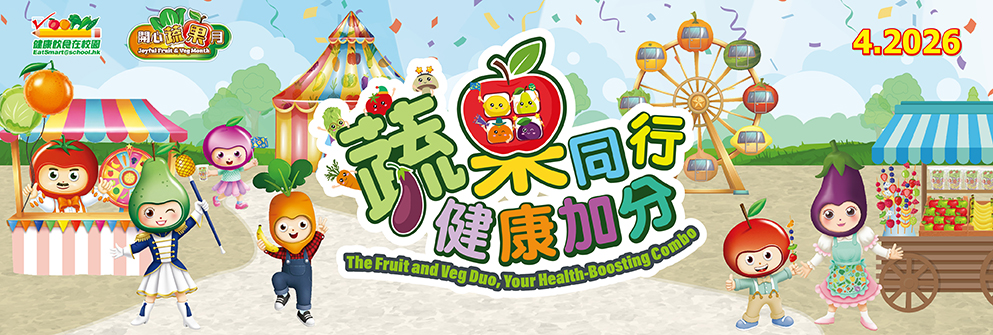Beetroot
|
Major Growing Areas
Originally from Europe, beetroots are now widely grown in places such as Russia, France, the United States, Turkey and China.
Varieties
Also known as beet or blood turnip. The beetroot is a hardy vegetable. The skin of beetroots is brown in colour, while the fresh is purplish red. The bulb-shaped root, the stem and the leaves are all edible. Some varieties are white or yellow in colour, or with a yellow and white stripped pattern.
Nutritional Values
Low in energy, beetroots are also rich in potassium and folate. The beetroot's iron content is higher than that of many vegetables. Consuming beetroots together with foods rich in vitamin C can help the body absorb plant iron.
|
| Per 100 g |
| Energy |
43 kcal |
| Dietary Fibre |
2.8 g |
| β-carotene |
20 µg |
| Folate |
109 µg |
| Vitamin C |
5 mg |
| Magnesium |
23 mg |
| Potassium |
325 mg |
| Iron |
1.9 mg |
Buying and Cooking Tips
It is recommended to choose beetroots that are firm and have a bright surface. There is no need to refrigerate beetroots upon purchase. In addition to soups, beetroots are also suitable for making salads and stir-fry dishes.
Fun Facts
Beetroots contain betanin, which is an antioxidant and a natural pigment. Making a soup with beetroots will turn the soup red!
Common Dishes:
Beetroot Borscht; Marinated Beetroots in Vinegar; Beetroot Garden Salad, etc.
"One serving of vegetables" is approximately equivalent to:
½ bowl of cooked beetroots
Note: One bowl = 250-300 ml
|
|
|
|
|

